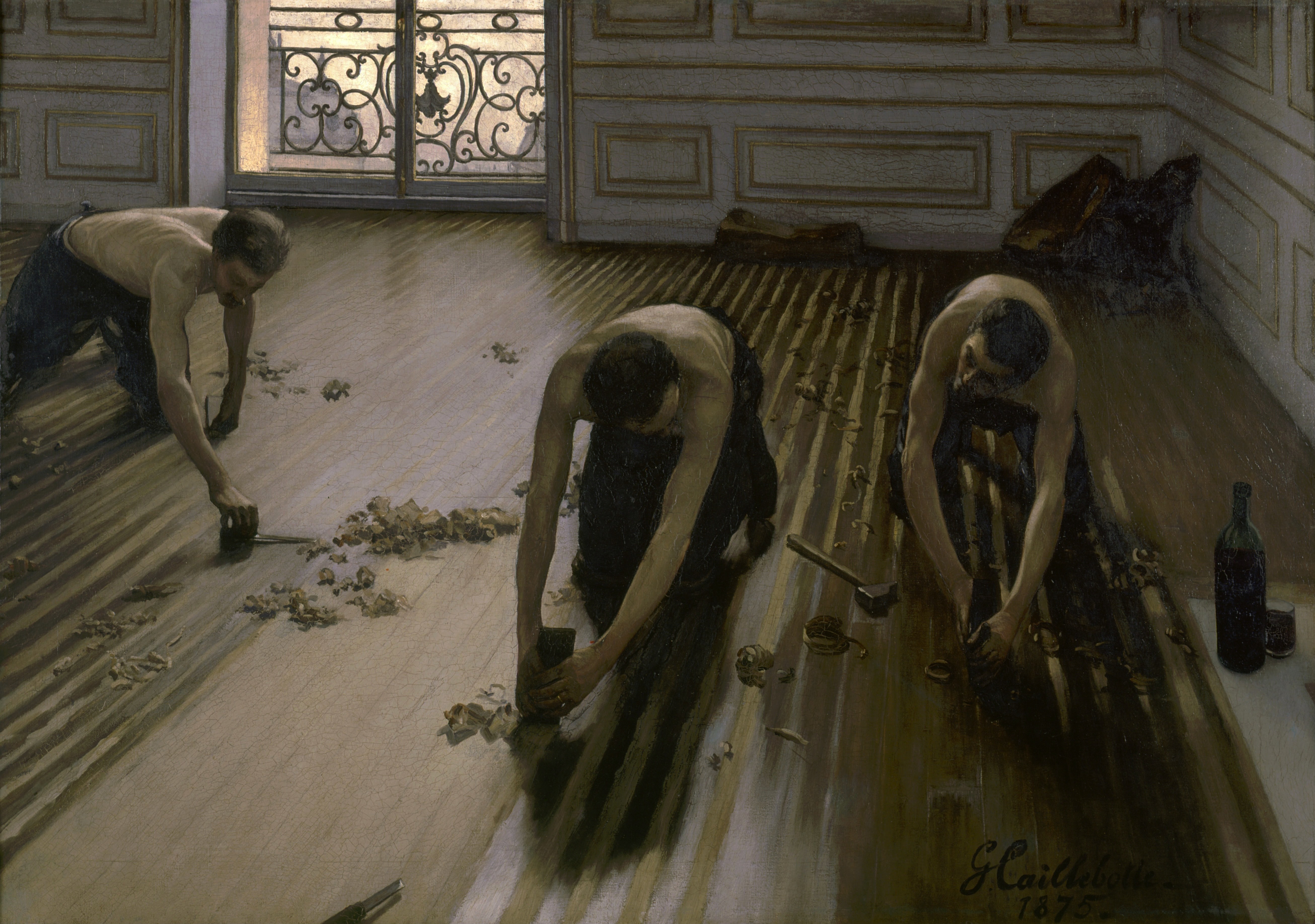Man at his Bath
7:00 AM |
| Gustave Caillebotte, Homme au Bain, 1884 |
By LILI TUCKER
You know you've done something wrong when your painting has to be locked up because the public is so horrified by it.
But it wasn't the nudity that shocked the public. Nudity had been a fairly normal theme throughout this time and paintings of bathers rarely posed any problems. However, this particular painting caused such an uproar it was forced off the wall and into a locked vault where it stayed for over 80 years.
Brettell theorizes, in the late 1800s, artists such as: Enckell, Picasso, Manet and Caillebotte began using the nude in a new way. These paintings became realistic portrayals of people and their environment. There were no attempts to show an idealized form of the human body. The people shown were not gods or goddesses- just typical 19th century people doing typical 19th century things...naked.
This painting is no different. Caillebotte portrays this man at his bath in his private bathroom, devoid of any decoration. In the same way, this man is devoid of any decoration, any god-like lustre or fanfare. We are peering into a vulnerable, private moment and we feel guilty for it. It's not the man's fault for being nude, it's our fault for watching him. Brettell says, "we are asked...to recoil from the act of grazing. As viewers, we are ashamed" (Brettell 135). Thus, even though the man is shown in a fairly vulnerable state, it is the viewer that is rendered vulnerable and-- naked.
In 2011, the Museum of Fine Arts in Boston tried to buy the painting but the donors wouldn't allow it due to it's subject matter. So, the MFA decided to sell 8 of the donor's paintings in order to afford the painting. The works sold for this particular painting included works by: Monet, Renoir, Gaugin, Pissaro, Sisley.
You know you've done something right when the Museum of Fine Arts in Boston sells eight donor paintings just to buy your painting for $7 million.











0 comments